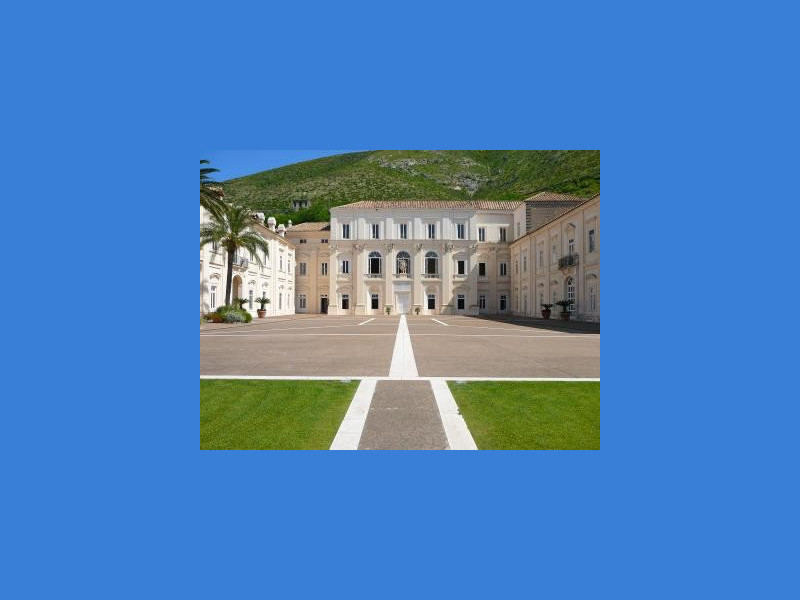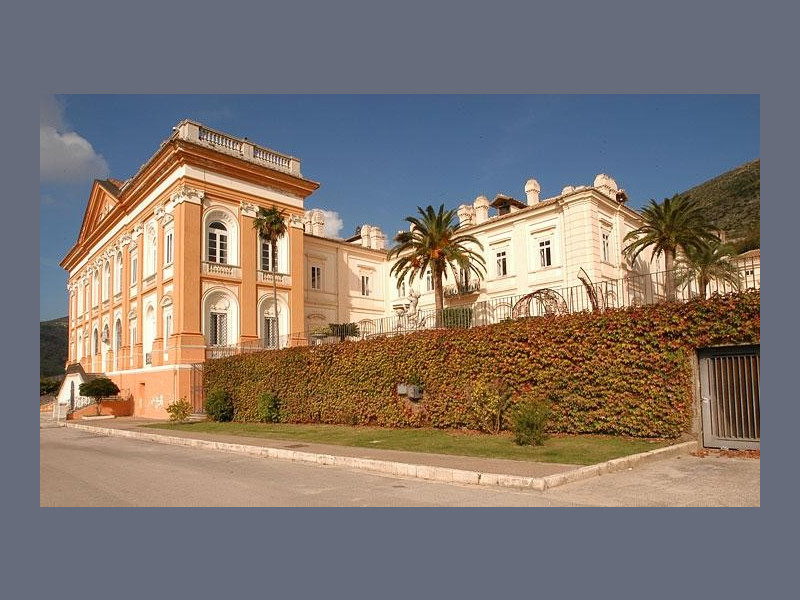Complesso di San Leucio (Sito UNESCO)
Real site, along with Royal Palace, was recognized as a World Heritage Site by UNESCO. Before it took its present name was a fief of Counts Acquaviva di Caserta, known as Belvedere Palace. In 1750 the estates passed to Bourbons of Naples and the feud became a hermitage for real. They rearranged the property as hospice for poor and textile factory, run mainly by Brunetti from Turin. The orders of silk came from all over Europe and even today San Leucio's production can be found in Vatican, Quirinale and Oval Office in White House. After Restoration, the project of neo-city was set aside, although it continued to expand industries and buildings, including Belvedere Palace. San Leucio's Complex covers an area of 16,871 sqm, with a 354 m long facade punctuated by a double order of pilasters and two rows of windows. Monumental is double staircase that marks main entrance to the structure. Bourbon Arc is the gateway and is a testimony to the pre-existence of silk factories built in the eighteenth century. It is part of Complex Church of Santa Maria delle Grazie, built by King Ferdinand IV, by Francesco Collecini, pupil of Vanvitelli, in 1803. Hunting lodge includes frescoes by Fedele Fischetti, myth of Bacchus and Ariadne, and the large marble bath of Mondragone the center of a room decorated with subjects of classical antiquity. The fountain with tritons and dolphins is work by Solari (1794). Occasionally are exhibited paintings by Fergola, Veronesi and Hackert.


